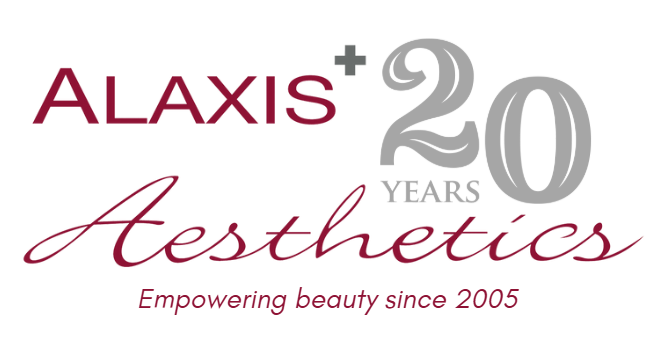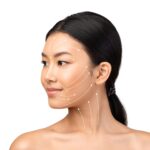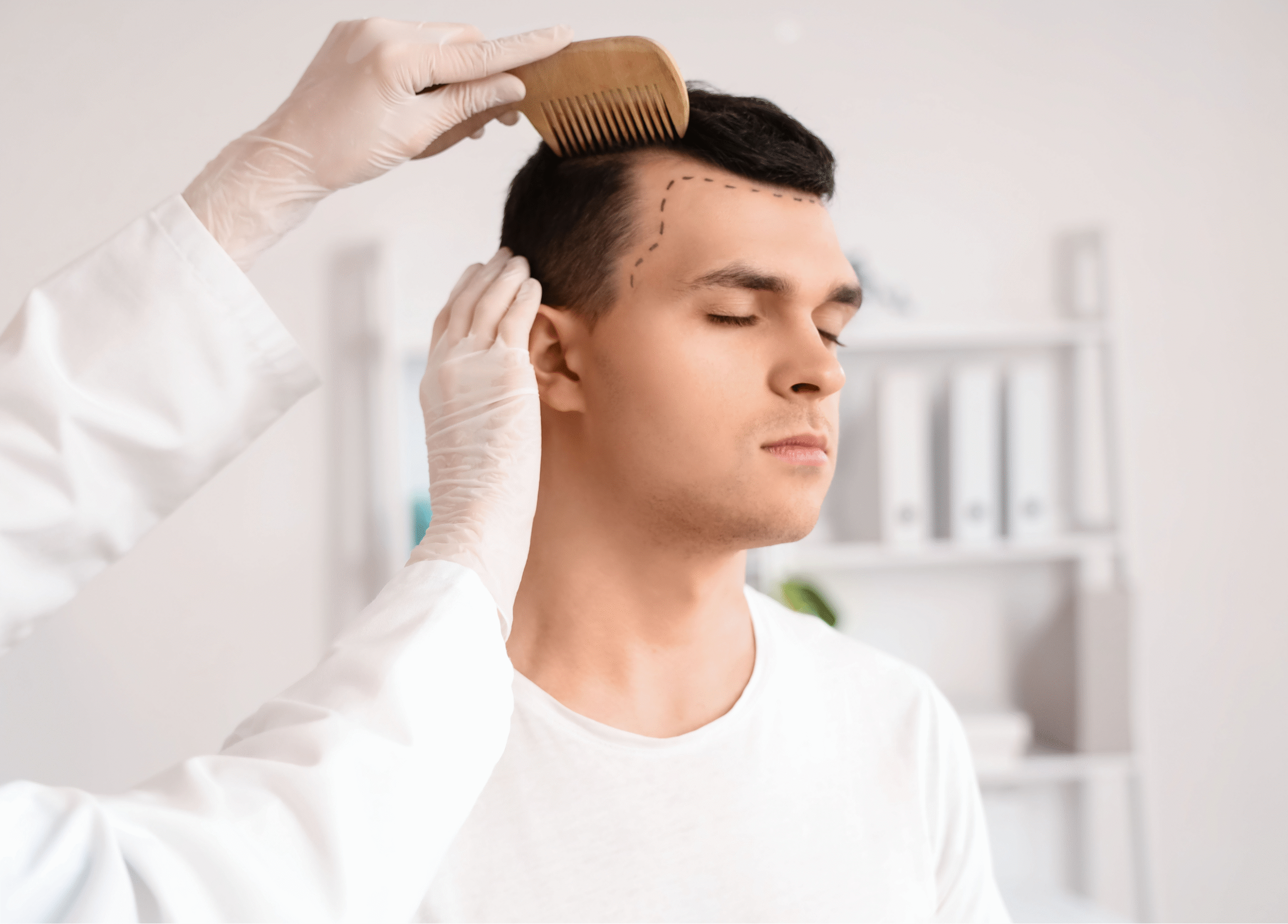Fat Graft To The Face: Is It Right For You?

Facial fat grafting, also known as fat transfer, is a procedure where fat is taken from one area of the body and then injected into parts of the face to address volume loss, soften wrinkles and folds, and enhance facial features, offering a more youthful and rejuvenated appearance.
Fat Transfer - 5 Signs It Is Right For You
Here are five signs to know if fat graft to the face is right for you.
1. You Have Visible Volume Loss in Areas of the Face
As we age, facial fat pads shrink and shift downward due to gravity. This leads to volume loss and hollowing in several key areas:
- Under the eyes – Hollow tear troughs can make you look tired, even when you’re well-rested.
- Cheeks – Flattened or sunken cheeks are a hallmark of facial aging and can affect overall facial harmony.
- Nasolabial folds – These lines, running from the nose to the corners of the mouth, deepen as facial volume diminishes.
- Temples – Hollow temples can give the face a gaunt or skeletal appearance.
- Forehead – A loss of soft tissue can result in a flatter, less smooth contour.
If you notice these changes and wish to address the sunken or tired look, Alaxis’ LipoFill can help. By restoring lost volume, it provides an instantly rejuvenated appearance.
2. You Have Donor Areas with Excess Fat
Fat grafting involves taking fat from one part of your body and transferring it to your face. Common donor areas include:
- Love handles / Flanks
- Inner and outer thighs
- Underarms (often referred to as the “bye bye” muscle area)
- Abdomen
- Flanks
If you have stubborn pockets of fat in these areas (even small ones) you may be a good candidate for Alaxis’ LipoFill. The fat is gently extracted via liposuction, purified to remove impurities, and then precisely injected into areas of the face that need rejuvenation.
This dual benefit of slimming one area while enhancing another is one of the most appealing aspects of fat grafting.
3. You Prefer Natural, Long-Lasting Results
Many patients are drawn to fat grafting because it uses the body’s own tissue, making it a natural alternative to synthetic fillers. Since the material comes from your own body, there’s no risk of allergic reaction or rejection.
Another major benefit is that fat grafting offers longer-lasting results as compared to traditional dermal fillers. While not all the fat cells will survive the transfer, those that do establish a blood supply that can remain for years, often significantly longer than temporary dermal fillers. Many patients find comfort in knowing they are rejuvenating their face using their own fat rather than synthetic substances.
4. You’re Comfortable with a Minor Recovery Period
Facial fat grafting is typically performed as a day procedure under local anaesthesia. Patients remain awake during the approximately 2-hour procedure and can return home the same day.
Some post-procedure swelling and bruising are to be expected, usually subsiding within a few days to a couple of weeks. Results gradually become more visible as swelling reduces and the fat settles into place.
Being mentally and physically prepared for this short recovery period is key to a smooth and satisfying experience.
5. You Understand and Accept the Risks
Like all aesthetic procedures, fat grafting carries some level of risk. These may include:
- Swelling and bruising
- Temporary lumpiness or unevenness
- Rare but possible complications such as infection or fat necrosis
It’s important to understand these risks and have realistic expectations about the results. A consultation with a qualified and experienced aesthetics doctor will help determine whether you are an ideal candidate.
Bear in mind to always consult with a qualified and experienced medical practitioner to tailor the procedure to your specific needs.
I have been performing liposuction and fat transfer procedures for more than 10 years, and I find fulfillment in seeing my patients achieve their aesthetic goals.
If you wish to schedule a consultation, please reach out to my team via WhatsApp at +65 8125 7655 or email us at [email protected]
Article by: Dr Donald Ng, MBBS, DipDerm





